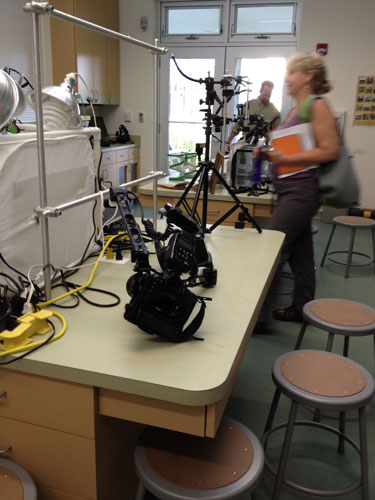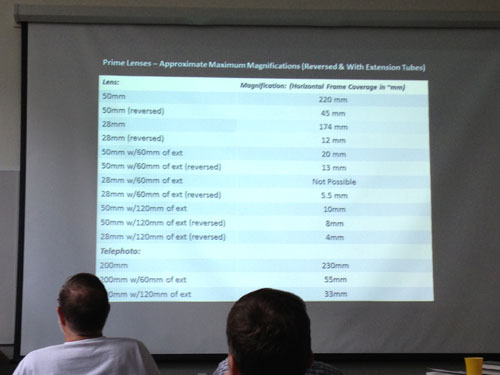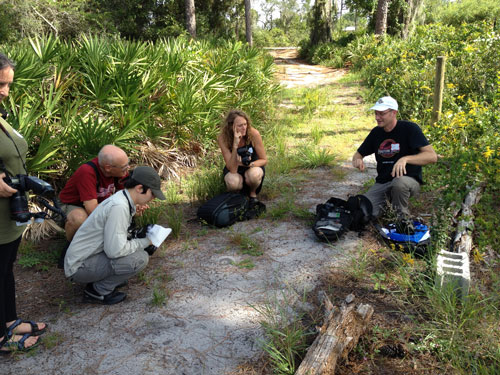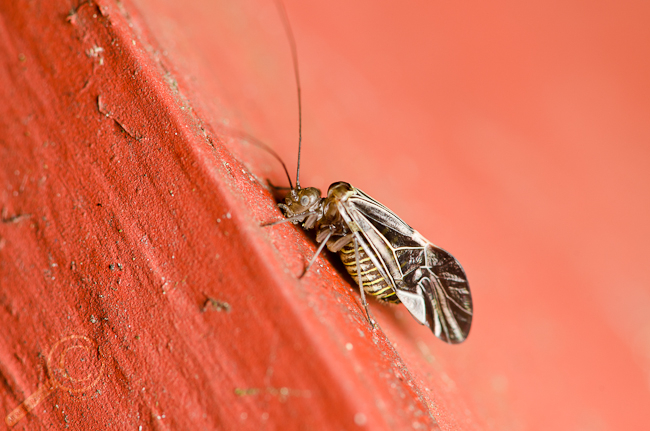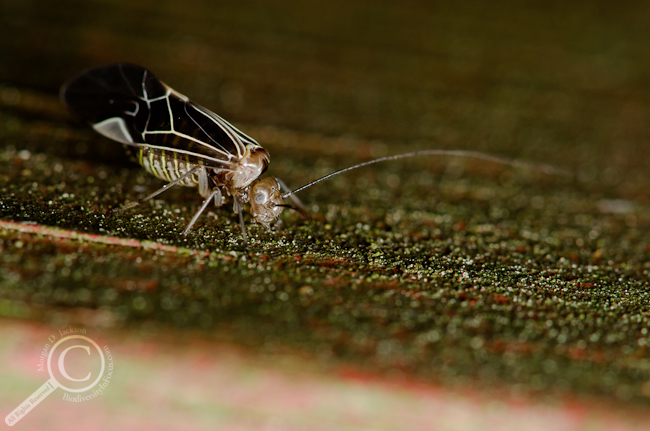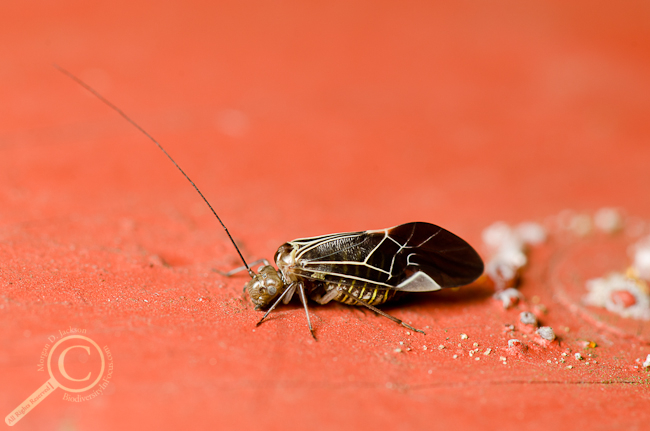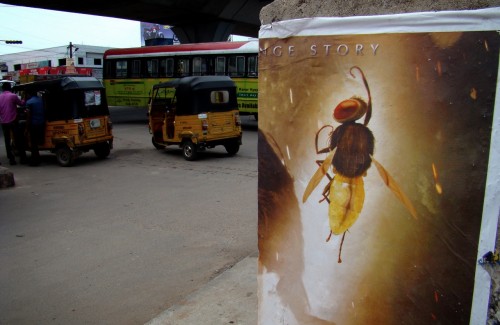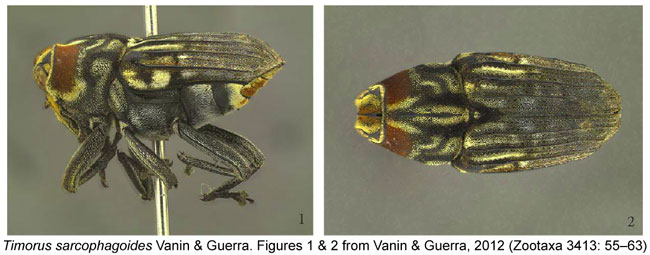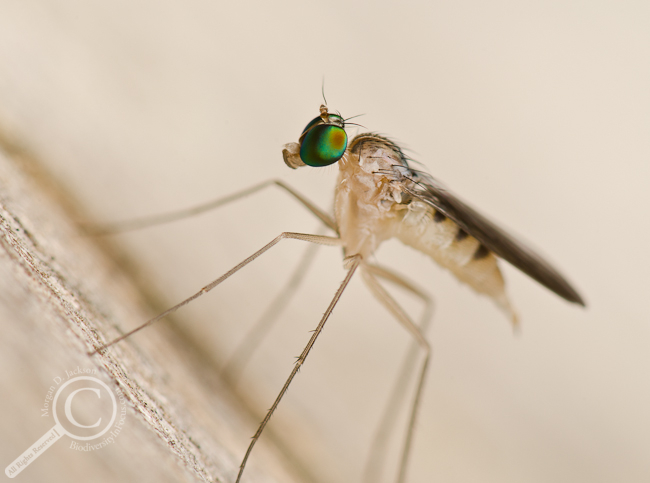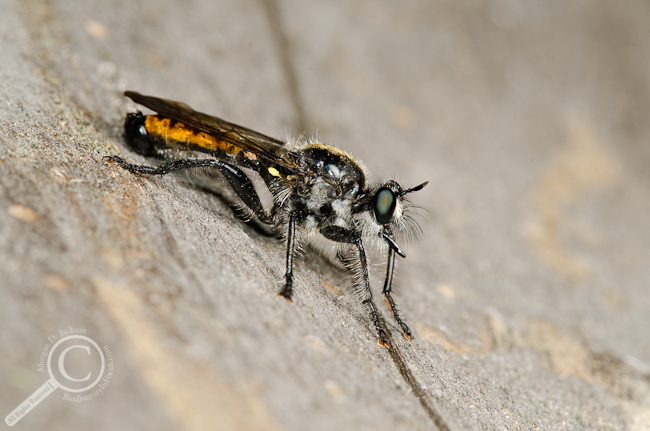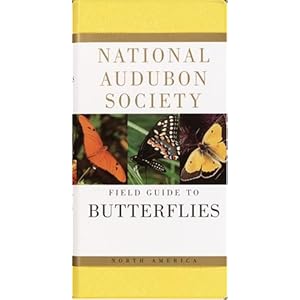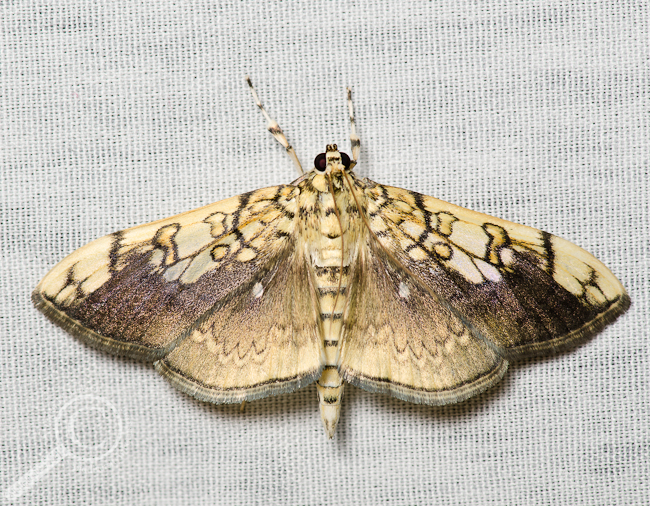So I’m a day behind already with my recaps… Hopefully I’ll get caught up eventually!
After waking up to an amazing foggy sunrise over the Florida scrub Friday, classes started in earnest and we were Go! Go! Go! for the rest of the day. With a morning filled with demonstrations of a wide variety of photography toys tools from John Abbott (I’m going to cover some of these things in more detail in a later post) as well as an intro to Archbold and a basic entomology lesson (which was a good refresher, and nice to see how another entomologist goes about teaching it).
Friday afternoon was a series of lectures where the instructors shared the secrets between the techniques they’re best known for. Thomas Shahan revealed how he uses $50 worth of reverse-mounted garage sale lenses to get up close and personal with aesthetically pleasing arthropods. He made an interesting point that making your own equipment forces you to really understand what you’re trying to accomplish and understand the mechanics behind your photography (plus you’ll appreciate new gear more when you get it).
Alex discussed techniques to move and mold light around your insect subjects, demonstrating how the position of a flash can dramatically influence a photo; backlighting provides a nice rim accent that can accentuate fine hairs and setae while diffused overhead lighting brings out textures and colours in the insect. Alex also recommended using your flash off camera, and in manual mode rather than TTL or E-TTL. This is something I’ve been battling with, the inconsistency of TTL, so I made an effort to spend the rest of the weekend working in Manual (with promising results, but more on that later). I then spent the afternoon field session learning more about Alex’s lighting techniques. Tip number one was get the flash off the camera, start with the light coming directly down on top of the insect, and getting it as close as possible to the insect. Tip number two was giving your flash enough space to spread out before hitting your diffusion material (Alex prefers velum — a plasticized paper product that can bend and fold while he crawls through the undergrowth chasing ants while providing a nice soft glow).
Friday evening’s session started off with Alex, Thomas and John discussing the finer points of composition. I thought this part was excellent, because although they covered simple things like the Rule of Thirds, they also discussed the idea of simple backgrounds and contrasting tonal qualities between your subject and backgrounds. While I try to take composition into consideration, I generally feel like I’m more worried about getting any shot (and then the specimen depending on what it is and where I am) that I don’t always take the time to set the photo up to the max impact. This is one of the other aspects of my work that I’m going to try and improve on from here on out.
To finish the evening’s events off, students shared some of their photos for the attendants to critique. There wasn’t a whole lot to critique on many of the photos however, as it seems this is a very talented group of individuals! It was cool to see some other work, and see a variety of different styles. A little time spent in the field afterwards before bed topped off a fantastic day 2 for BugShot 2012!
- A selection of studio photography equipment provided for use by John Abbott
- Thomas Shahan’s lens reversal Magnification chart
- Alex Wild teaching BugShot students about flash lighting

